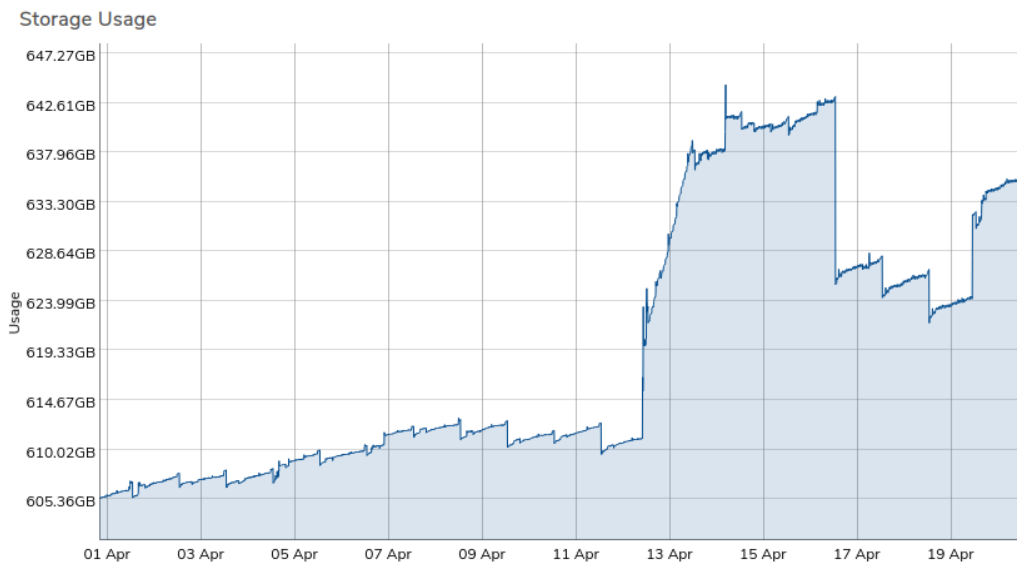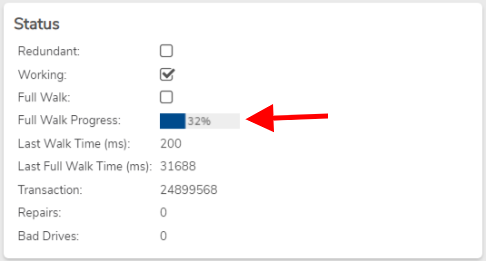Importing VMs from Files
Importing via Files allows you to import a single VM at a time by uploading VM data files (such as VMX, VMDK, OVF, VHD/X) to VergeOS and then selecting them for import.
Importing a VM (Configuration and Disks) from Files
Hyper-V VMs
Hyper-V VMs should be exported to OVA/OVF or VMware formats before upload, or you can use the Create VM Shell, Import VM Disks method described below to create the VM first, and then import disks.
- Upload the configuration and disk image files to the vSAN. For instructions, see Managing Files.
- Click Virtual Machines on the top menu.
- Select + New VM.
- From the options list, select --Import from Files--. The files uploaded to the vSAN will appear on the right under Selections Available. Click to select the VM configuration file (e.g., *.vmx, *.ovf).
- Click Next at the bottom of the screen.
- The VM Name will default to the name of the configuration file unless you specify a custom name.
- By default, the Preserve MAC Address option is selected. If you wish to assign a new MAC address to the VM, deselect this option.
- Select the Preferred Tier, or leave it at the default. This specifies the storage tier for the VM's disks. See Preferred Tier Usage for more details.
- Click Submit to create the VM. The new VM's dashboard will be presented.
Create VM Shell, Import VM Disks
If you cannot import the entire configuration, you can create a VM shell (a disk-less VM) and then import individual disk files.
- Upload the disk image files to the vSAN. See Managing Files for details.
- Create a new Custom VM with appropriate hardware specifications. See the Creating VMs section in the VergeOS help guide.
- Add a new drive to the VM, ensuring you select Import Disk in the Files field.
- Choose the correct Interface (IDE, SATA, virtio-scsi, virtio-legacy, etc.). Using SATA often helps with driver compatibility in guest OSs.
- Select the File from the list of uploaded files (*.vhd, *.vhdx, *.qcow, raw, etc.).
- Repeat for additional drives if necessary.
- Start the VM and verify that it boots correctly.
Supported File Types
The following file types are supported for VM imports using files: - IMG (Raw Disk Image) - RAW (Binary Disk Image) - QCOW (Legacy QEMU) - QCOW2 (QEMU, Xen) - VDI (VirtualBox) - VHD/VPC (Legacy Hyper-V) - VHDX (Hyper-V) - OVA (VMware, VirtualBox) - OVF (VMware, VirtualBox) - VMDK (VMware) - VMX (VMware)
Troubleshooting Issues
Failure to Boot into the OS
This is often a driver issue. You may encounter a Windows Inaccessible Boot Device error or similar.
Steps to resolve:
- Change the drive interface from virtio-scsi to IDE or SATA. This often resolves driver issues.
- Once the guest OS boots, install the virtio drivers by attaching them via a virtual CD-ROM or downloading them from virtio-win.
- Shut down the VM.
- Switch the drive interface back to virtio-scsi.
- Start the VM again.
Document Information
- Last Updated: 2024-08-29
- vergeOS Version: 4.12.6






